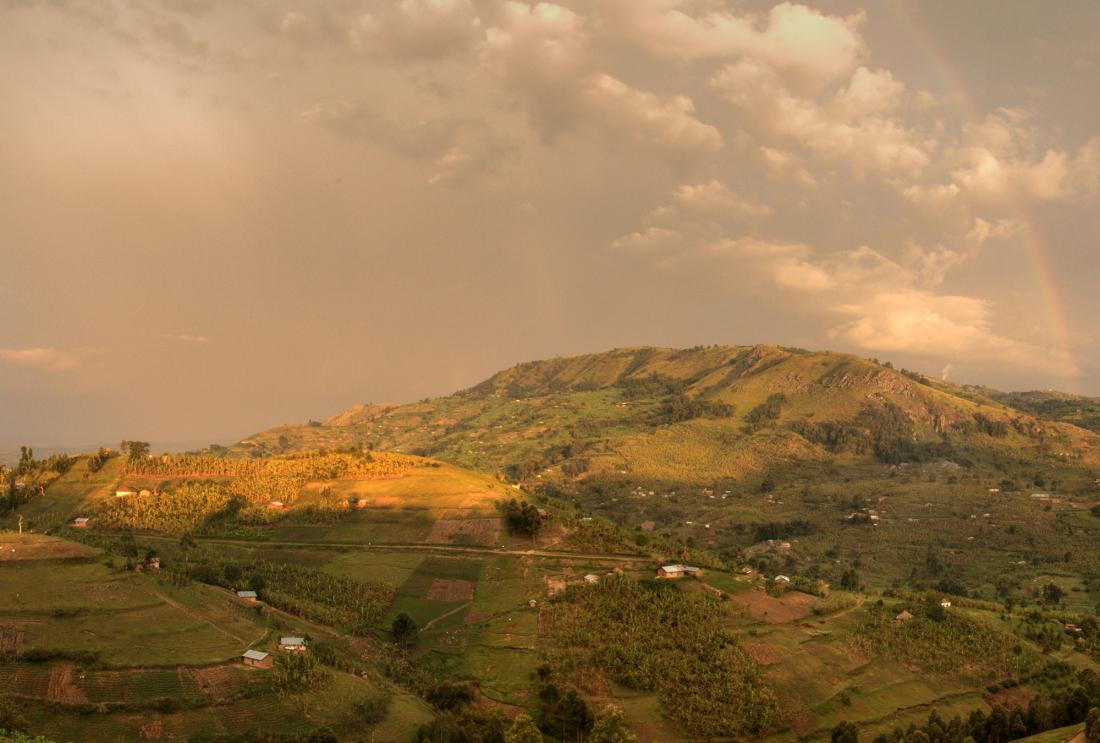Testing the Effectiveness of Payments for Ecosystem Services to Enhance Conservation in Productive Landscapes in Uganda
- Rural population
- Deforestation
- Climate change mitigation
- Natural resource management
Policy issue
Deforestation contributes as much as 25 percent of global greenhouse-gas emissions each year. Curbing deforestation in developing countries is potentially a very cost-effective way to reduce carbon emissions and address climate change. Recently, the United Nations launched a major initiative to pay developing countries for reduced deforestation. The program, known as REDD+ (Reducing Emissions from Deforestation and Degradation), may be incorporated into global carbon markets under the next international climate treaty, resulting in billions of dollars in payments from wealthier countries for forest conservation. However, despite growing interest and investment in reducing deforestation, surprisingly little research has been conducted on the most cost-effective ways to do so. One popular policy approach is payments for ecosystem services (PES), where participants receive payments if they comply with a set of conditions that are protective of the environment, such as refraining from cutting down trees on their land. PES programs are increasingly popular because of their perceived simplicity in comparison to alternative conservation interventions. It is important to evaluate this and other types of emission reduction interventions in order to determine the most cost-effective way of reducing carbon emissions.
Context of the evaluation
Forest loss in Uganda is estimated to be about 2 percent per year , with an even higher rate on private land.1 The project is based in the districts of Hoima and Kibaale, which are located in the equatorial zone of western Uganda, and have some of the highest deforestation rates in the country . These districts are predominantly rural, with a population density of about 97 persons/km2 and a combined population of around 750,000 inhabitants.
While the environmental effects of deforestation are not limited to a particular portion of the population, the PES project is specifically targeted at private landowners who have forests on their land since they are the population with ownership rights over local forests and can decide whether or not to clear trees from their land. Forest owners might cut trees to clear land for growing cash crops such as tobacco and rice or to sell the trees as timber or for charcoal production. Cutting down trees provides the landowners with income, but is a threat to carbon storage as well as the survival of local wildlife (particularly the endangered chimpanzee population).

Details of the intervention
One hundred forty villages in the Hoima and Kibaale districts of Uganda were randomly assigned to either the treatment or the comparison group. In the treatment villages, Chimpanzee Sanctuary and Wildlife Conservation Trust (CSWCT) staff members offered an incentive contract to each individual landowner, under which they will receive annual payments if they meet certain terms. Landowners are required to refrain from cutting trees on their land (with some exceptions built into the contract) and also to re-forest a portion of the land. CSWCT employees monitor compliance with the contract by conducting random spot checks in the forest to look for things like newly cleared patched or fresh tree stumps.
The study will measure social and economic welfare as well as environmental outcomes, and will be linked with satellite imagery that assesses spatial patterns of forests.
Results and policy lessons
Results forthcoming.
1 National Environment Management Authority (NEMA) Uganda. “National State of Environment Report for Uganda 2007/2008”







